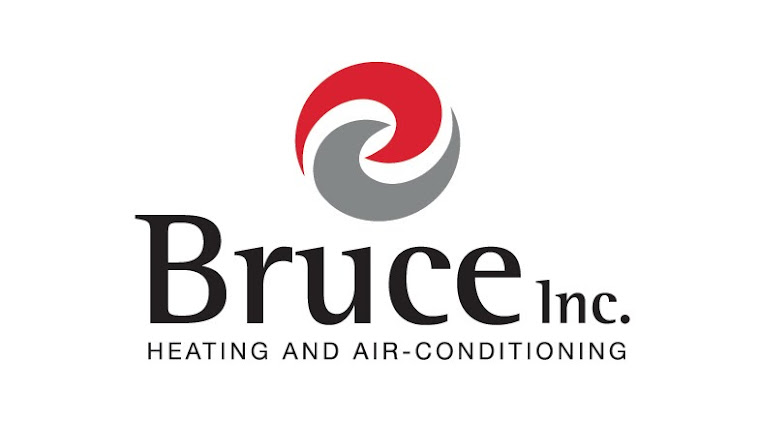|
First things first… Clear away any leaves, brush and dirt from
the air conditioner’s top grille, trim any shrubs that may be near giving a
couple of feet clearance around the unit. The filter should also be replaced
on the system monthly. Dirty filters
restrict the airflow and but undue strain your system. That can also lead to wasted energy.
|
|
|
|
Now is better than later
|
|
|
|
It may not be all that warm yet where you live but set your
thermostat to cooling mode now anyway.
I only to run the air conditioner for a spell to make sure it is
working. Waiting until the heat sets in could lead to a couple of miserable
days waiting for a technician to become available for the fix. Something advice you will get often from
us… annual maintenance programs. If
you can identify small problems early, you will avoid large problems later.
|
|
|
|
Save some green by going green
|
|
|
|
ENERGY STAR® qualified model are what you should be looking for
when the time comes to replace your air conditioner. Replacing an old, inefficient model with a
high-efficiency system can reduce your homes cooling costs by up to 20
percent*. Maybe you use a room air conditioner. If so consider installing them on north-facing
walls when possible to keep it out of the sun. When room air conditioners
stay cool, they run much more efficiently.
|
*Source: www.energystar.gov
